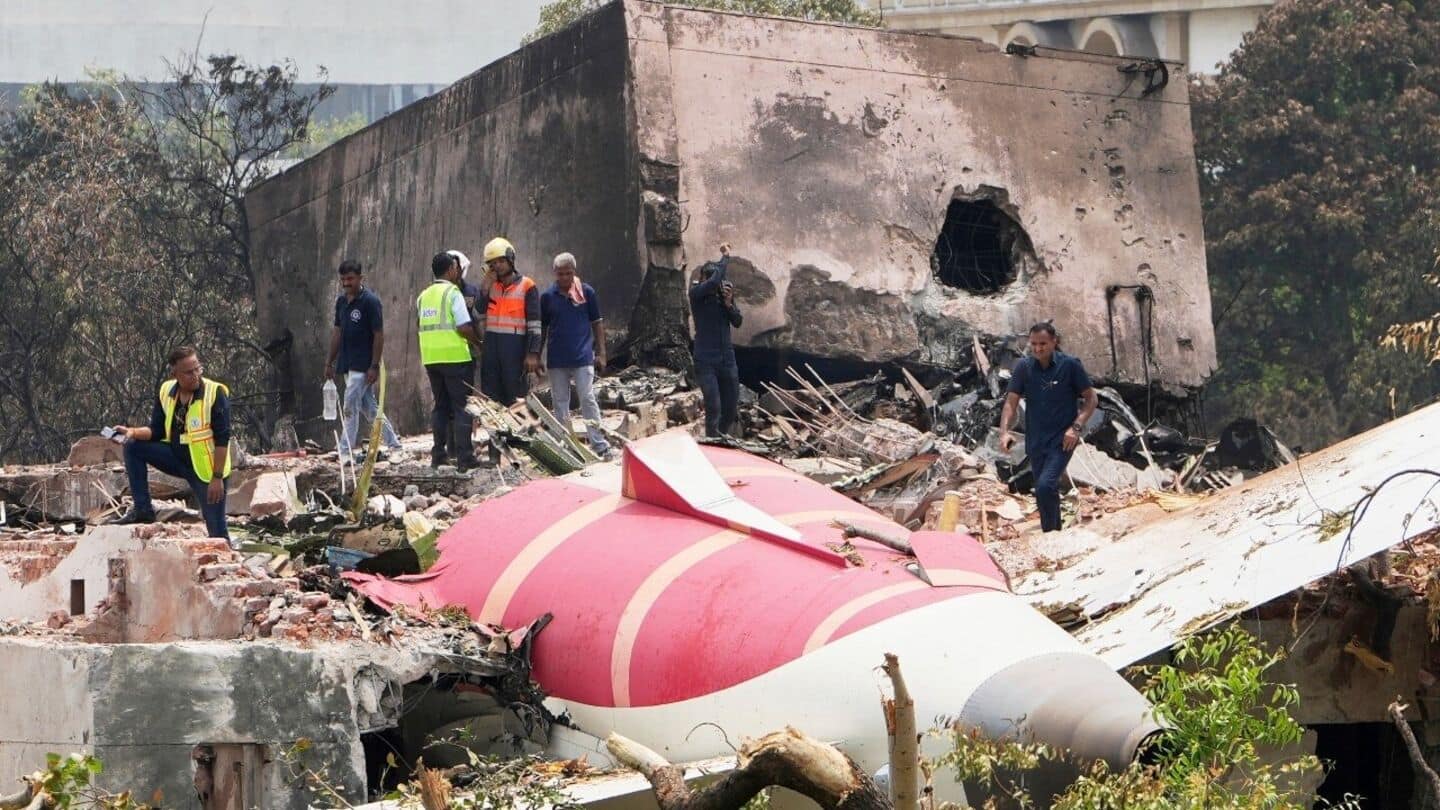
What Air India found in its probe into Boeing 787s
What's the story
Air India has completed inspections of the fuel control switch locking mechanisms on its Boeing 787 Dreamliner fleet. The inspections, which were done as a precautionary measure, found no issues with the locking mechanism. An official statement from Air India confirmed that all Boeing 787-8 aircraft have also undergone Throttle Control Module (TCM) replacement as per Boeing's maintenance schedule.
Regulatory response
DGCA's order to airlines
The Directorate General of Civil Aviation (DGCA) had earlier directed Indian carriers to inspect fuel switch locks on Boeing 787 and 737 aircraft by July 21. This order came after the preliminary Aircraft Accident Investigation Bureau (AAIB) report into the Boeing 787-8 Dreamliner crash in Ahmedabad linked the disengagement of the fuel switch lock as a contributing factor. Other Indian airlines with Boeing 737 jets, such as Air India Express, Akasa Air, and SpiceJet, have also begun precautionary checks.
Global compliance
Internationally, airlines like Etihad and Singapore have also started checks
Internationally, airlines like Etihad Airways and Singapore Airlines have also started precautionary checks on their Boeing fleets. South Korea has issued similar mandates for its carriers. Similar to what Air India found, the United States Federal Aviation Administration (FAA) and Boeing asserted that the fuel switch locks on their aircraft are safe. The FAA had issued an advisory in 2018 regarding possible disengagement of the fuel control switch locking mechanism on 737s.
Accident analysis
Details of the crash
However, no such issues have been reported with the 787 so far, and the advisory remains non-mandatory. The AAIB's preliminary report into the crash of Air India flight AI 171 has revealed critical moments before the accident. The Boeing 787-8, which was headed to London Gatwick, crashed shortly after takeoff, killing 260 people. The aircraft was within operating limits at takeoff, but both engine fuel control switches were manually turned off and then reactivated seconds later—a sequence that raised eyebrows.
Emergency communication
Investigators used drone technology to document wreckage
At 13:09:05 IST, a distress 'Mayday' call was made by one of the pilots. Data recording stopped at 1:39:11pm. Investigators used drone technology to document wreckage and later moved the remains to a secured location near the airport. Both engines were recovered and quarantined inside a hangar for further examination. Later, fuel samples from both the aircraft and its refueling units were tested and found satisfactory, according to DGCA's laboratory analysis.